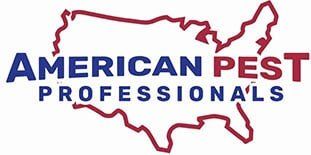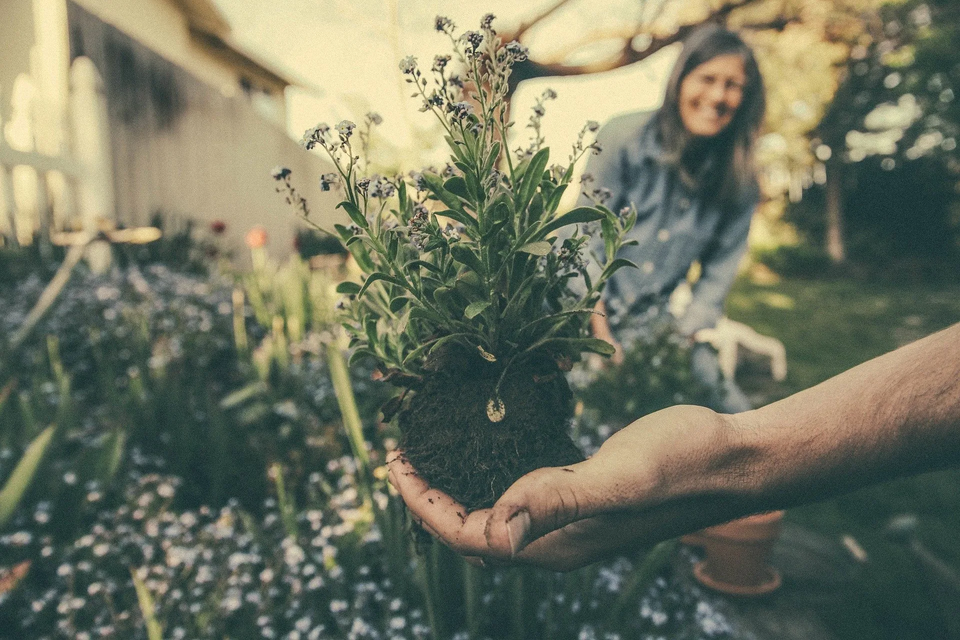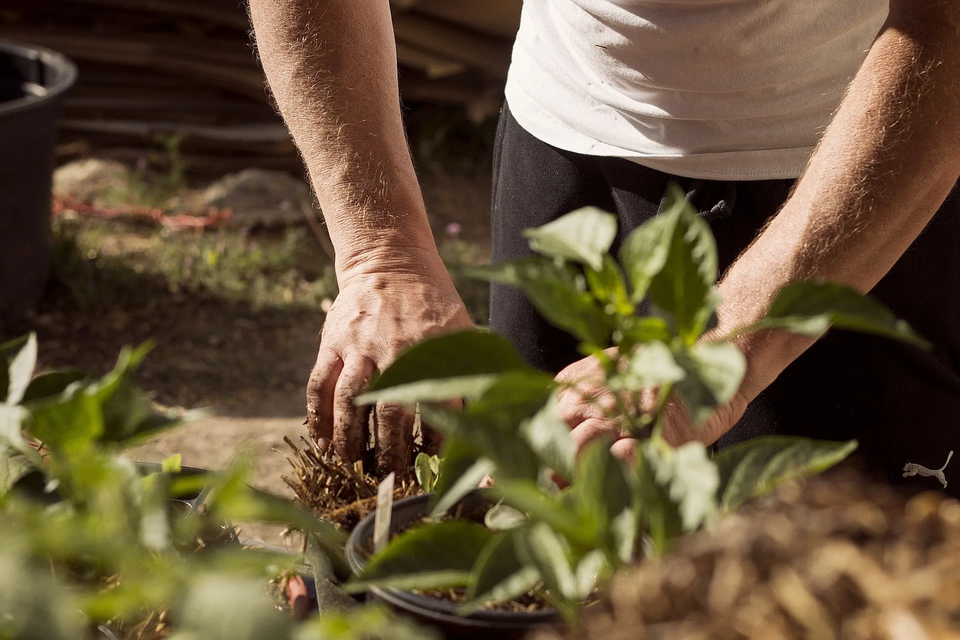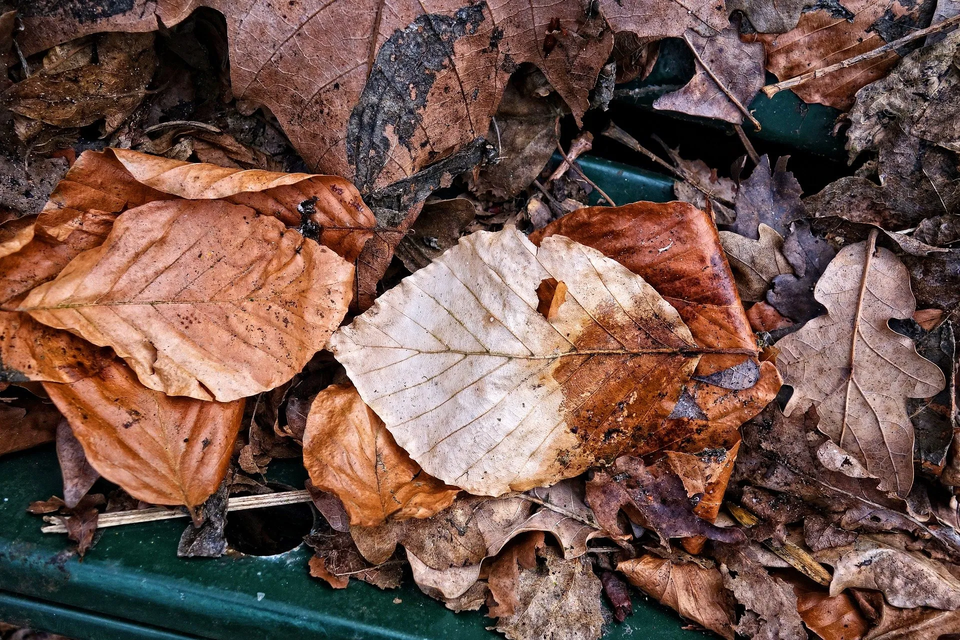Your Fall Gardening Checklist for Healthy Spring Beds
Whether you cultivate food or flowers in your home garden, there’s no denying the laborious effort that goes into maintaining healthy beds. No matter how well your garden performed this summer, just a little more work at season’s end can make a world of difference come next spring. This fall gardening checklist covers all your bases so you can rest easy knowing your garden will awaken beautifully in the springtime.
Preparing your garden for winter can seem daunting, so it’s important to remember that you know your garden best. Not every task must be completed, and you’ll be grateful for whatever extra effort you put in when spring comes around!
How many items can you cross off this fall gardening checklist?
Put Your Garden to Bed with this Fall Gardening Checklist
Fall is a good time to not only take note of what worked in your garden this year, but also tidy up a bit. You’ll have happy, healthy beds (and save yourself some headaches) come spring!
1. Evaluate Your Garden
Assess what worked and what didn’t to help plan what you’ll repeat next year. Determine if any plants need divided or moved, as well as where you could use more/different ones. Consider what plants or practices you could add to attract beneficial garden animals (that may seem like pests). Animals like ladybugs, toads, and bees aid in pollination, pest control, soil health, and more! Start a list now to make spring shopping easier.
Pro tip: the notes app on your phone is handy and won’t get lost between now and spring!
2. Remove Debris Close to Your Home
You don’t want to over-manicure your garden in the fall, as bugs use plants to overwinter in and lay their eggs. That said, you don’t exactly want bugs near your home. They may invite themselves in (and overstay their welcome)! Remove piles of debris close to your home, being sure to compost healthy foliage and throw out diseased plants.
3. Cut Back (Select) Perennials
Once perennials go dormant, it’s best to clean up at least some of their foliage. This is particularly important around plants like hostas that acquired slug damage over the course of the season. Slugs lay their eggs in dormant foliage, so removing it in the fall can decrease slug issues next year. Perennials can be cut all the way down to the ground.
In addition to sheltering pests, dead plant material can harbor diseases. Removing it is a step toward integrated pest management practices for your garden.
Note: Fall is NOT the best time to prune shrubs. Generally speaking, shrubs that bloom on old wood should be pruned sometime in the summer, while it’s best to prune those that bloom on new wood in the spring (right as new growth is emerging).
DON’T CUT THESE PERENNIALS BACK:
- Evergreen or semi-evergreen perennials (i.e. creeping phlox, pinks, foamflower, foamy bells, coral bells, red hot poker, and bugleweed)
- Perennials with woody stems (i.e. lavender, rose mallow (Hibiscus), butterfly bush, and Russian sage)
- Winter perennials (i.e. coneflowers, ornamental grasses, Lenten roses, and ornamental onion)
4. Do Some Planting
Fall soil and air temperatures are suitable for healthy root growth in plants that return annually. Now is a great time to plant trees, shrubs, and perennials that you wish to move. Plan to give the plants at least six weeks in their new homes before the ground freezes.
This is also the best time to plant spring-flowering bulbs like tulips, daffodils, and crocuses (to name a few). Plant them near perennials like hostas and catmint so the bulbs’ foliage is hidden once the blooms go dormant.
You may consider planting flowers that attract bees in your efforts to cultivate a healthy habitat in your garden. Bees aid in pollination and are most attracted to blue, purple, and yellow flowers.
5. Take Small Cuttings to Overwinter
It’s easier to bring small cuttings inside than mature plants in large pots. Plus, they’ll be easier to transplant outdoors next spring. Be sure to get cuttings before frost hits!
6. Collect Dried Seed
Open-pollinated flowers and veggies offer dried seed that you can sow next year (or self-sow in other areas of your garden).
7. Gather Herbs, Seed Heads, and Flowers for Drying
Bring your garden indoors for the winter by gathering anything from cut branches to herbs, seeds, and flowers. Hydrangea, yarrow, berried branches, ornamental grass plumes, and plants with seed pods can all come indoors. All are great for drying and incorporating into your indoor decorations!
8. Use Fallen Leaves as Garden Mulch
Nature delivers mulch in the form of leaves each season! Finely textured leaves like those from willow trees or honey locusts are fine to remain on your lawn or garden as they fall. Larger leaves like those from maple, sycamore, and oak trees take longer to decompose on their own and can smother grass and perennials when they become matted down.
Easy fix: rake leaves up, mow over them, spread the natural mulch over your garden beds. Doing so in late fall as the ground begins to freeze minimizes weed growth, insulates your plants over the winter, and enriches the soil as the leaves decompose.
Be sure to mulch newly planted perennials and shrubs that aren’t well-rooted yet to keep them planted over the course of winter’s freeze/thaw cycles. Shredded leaves can also be piled onto plants with cold, sensitive buds to help them survive the winter.
9. Add Compost or Manure
Every fall gardening checklist should include the smelly, devoted act of adding compost or manure to the garden. An even layer on exposed soil will get worked into the ground as it freezes and thaws. Come spring, you’ll have healthy, enriched soil to plant in.
Pssst… Maintaining soil health is one of many ways to deter common garden pests.
10. Continue Watering
Plant roots are still actively growing in the fall, which means they’re thirsty despite looking settled for the season. Plus, evergreen perennials, shrubs, trees, and anything else you’ve recently planted will need to be watered until the ground freezes. If rainfall is inconsistent in your area, be sure to water thoroughly at least once a week.
Reminder: Don’t forget to disconnect the water hose before the frost hits!
11. Clean and Prepare Bird Feeders
Your serenading friends have been snacking on pests in your garden all summer and you want to encourage them to stick around! One or two bird feeders should suffice but you may also consider spacing out multiple feeders, each attractive to different birds.
12. Show Your Garden Tools Some Love
Clean, sand, and oil your garden tools before storing them over the winter. Pots and other utensils should also be washed and stored to prevent bugs and mold growth. You’ll thank yourself come spring.
Completing your fall gardening checklist is all about protecting plants in cold temperatures while taking steps to simplify your spring. With this list, you’ll come back to a clean, healthy garden when you’re ready to start planting in the spring!
What else is on your fall gardening checklist?












